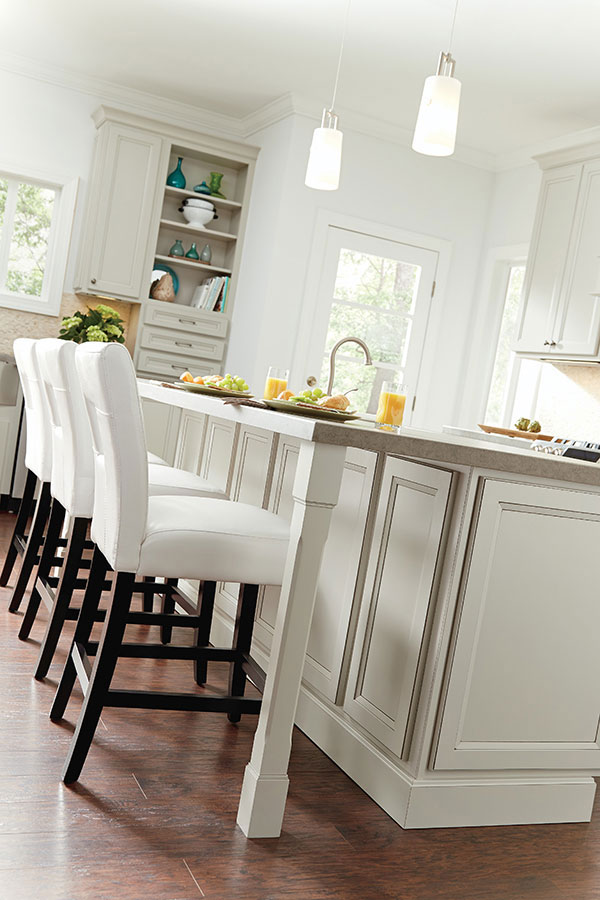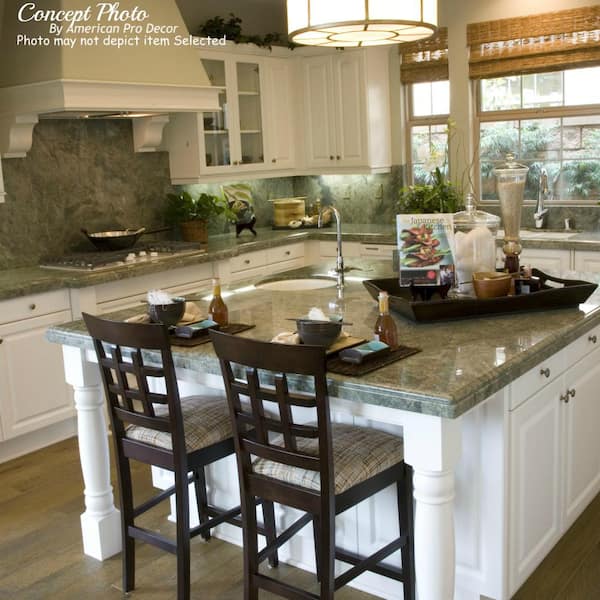Explore Timeless Options in Classic Legs For Kitchen Island Designs
Explore Timeless Options in Classic Legs For Kitchen Island Designs
Blog Article
Essential Elements to Consider When Choosing Legs For Kitchen Island
Picking the suitable legs for a cooking area island includes a mindful analysis of multiple aspects that can dramatically influence both functionality and visual appeal. Among these, the selection of material plays a pivotal duty in making sure durability, while the style needs to match the existing style. Moreover, factors to consider such as elevation and weight support are necessary for stability and comfort. As we check out these components, it comes to be clear that each choice can have far-ranging effects for the general kitchen area experience. What subtleties should be taken into consideration in each of these classifications to attain the optimal equilibrium?
Product Options
When picking legs for a kitchen area island, recognizing the different product options is crucial for accomplishing both visual charm and structural stability (Legs For Kitchen Island). The option of material substantially influences not only the toughness of the island but also its overall layout and functionality
Wood is a popular choice, using warmth and convenience. Strong hardwoods, such as oak or maple, supply strength and can be stained or repainted to match the cooking area decoration. Steel legs, typically made from stainless steel or functioned iron, contribute a modern-day and industrial feel while making sure toughness and security. These materials are resistant to wear and can sustain substantial weight, making them excellent for bigger islands.
Another option is engineered materials, like MDF or plywood, which can be extra cost-efficient while still using a variety of surfaces. Nevertheless, they might not provide the exact same level of security as strong wood or steel. Materials such as acrylic or glass can develop a contemporary look, though they might require extra support to make certain stability.
Inevitably, the option of product for kitchen island legs must straighten with the wanted functionality and the overall style of the kitchen.
Style and Layout

When taking into consideration style, the shape and finish of the legs are essential. Conical legs can give a sense of agility and elegance, while thicker, much more robust legs can communicate strength and security. Furthermore, the coating-- be it painted, stained, or all-natural-- need to enhance the kitchen cabinetry and counter top materials to produce a unified appearance.
Furthermore, the layout of the legs can additionally mirror personal preference. Customized or decorative legs, such as those featuring complex makings or unique geometric forms, can serve as prime focus, adding character and personality to the kitchen. Inevitably, the best choice will not just boost functionality yet likewise boost the aesthetic charm, making the kitchen island a standout feature of the home.
Height Considerations
Choosing the appropriate elevation for kitchen area island legs is crucial, as it directly affects both capability and comfort. The common height for a cooking area island usually varies from 36 to 42 inches, aligning with common counter top elevations.

It is likewise vital to make up individuals' elevations and choices. Customizing the elevation can make sure a comfortable experience for all member of the family, making the cooking area island an extra pleasurable and practical room.
Weight Support
Making sure adequate weight support for kitchen area island legs is vital for both safety and security and functionality. The kitchen island commonly offers numerous purposes, consisting of food preparation, eating, and added storage, necessitating a durable assistance framework. When picking legs, it is essential to take into consideration the general weight ability required based on the island's intended use and the materials that will be positioned on it.
The option of product for the legs plays a significant duty in their weight-bearing abilities. Solid wood, metal, and sturdy composites usually supply premium stamina compared to lighter materials. In addition, the layout of the legs-- whether they are right, tapered, or have a pedestal form-- can affect their capacity to disperse weight effectively throughout the framework.
Moreover, the leg positioning ought to be tactically planned to improve stability. Legs positioned at the edges or with a wider base can better sustain much heavier loads. Constantly speak with the manufacturer's specifications you can check here pertaining to tons limitations to ensure that the legs can maintain the designated weight without endangering safety and security. In summary, selecting cooking area island legs with sufficient weight support is necessary for producing a risk-free and practical culinary room.
Installation and Upkeep
Appropriate setup and upkeep of kitchen island legs are important for making sure long life and stability. To begin, it is necessary to adhere to the producer's standards during installment. This typically involves securing the legs to the space station making use of appropriate bolts, ensuring that the legs are level and lined up. Using a degree device can aid prevent tottering and enhance the general visual charm of the kitchen island.
When set up, normal upkeep is required to maintain the stability and appearance of the legs - Legs For Kitchen Island. For wood legs, periodic cleaning with a moist this hyperlink fabric and application of suitable timber polish can prevent moisture damages and keep their finish. Metal legs may call for a mild cleaning solution to eliminate grease and gunk, followed by a dry towel to stop corrosion development
Additionally, inspect the legs on a regular basis for signs of wear or damage, such as splits or loosened joints. Tightening up screws or bolts as needed can likewise prolong the life expectancy of the legs. By adhering to these installment and maintenance practices, home owners can guarantee that their cooking area island remains sturdy and aesthetically appealing for years ahead.
Verdict

Visual comprehensibility is vital in choosing the design and design of legs for a cooking area island, as these aspects substantially affect the general ambiance of the area. Conical legs can offer a feeling of agility and style, while thicker, extra durable legs can share toughness and security.Picking the ideal height for kitchen island legs is vital, as it directly affects both capability and convenience. In recap, picking kitchen island legs with ample weight support is vital for developing a secure and functional culinary room.
In verdict, selecting legs for a kitchen island demands careful consideration of numerous variables, including material choices, design, height, weight assistance, and installation.
Report this page